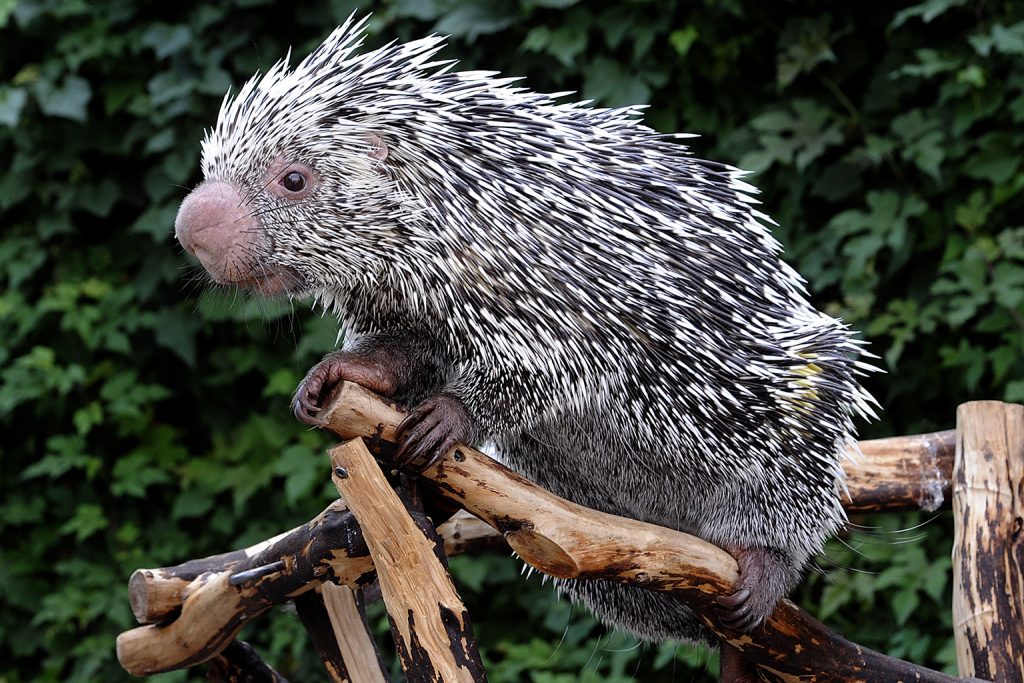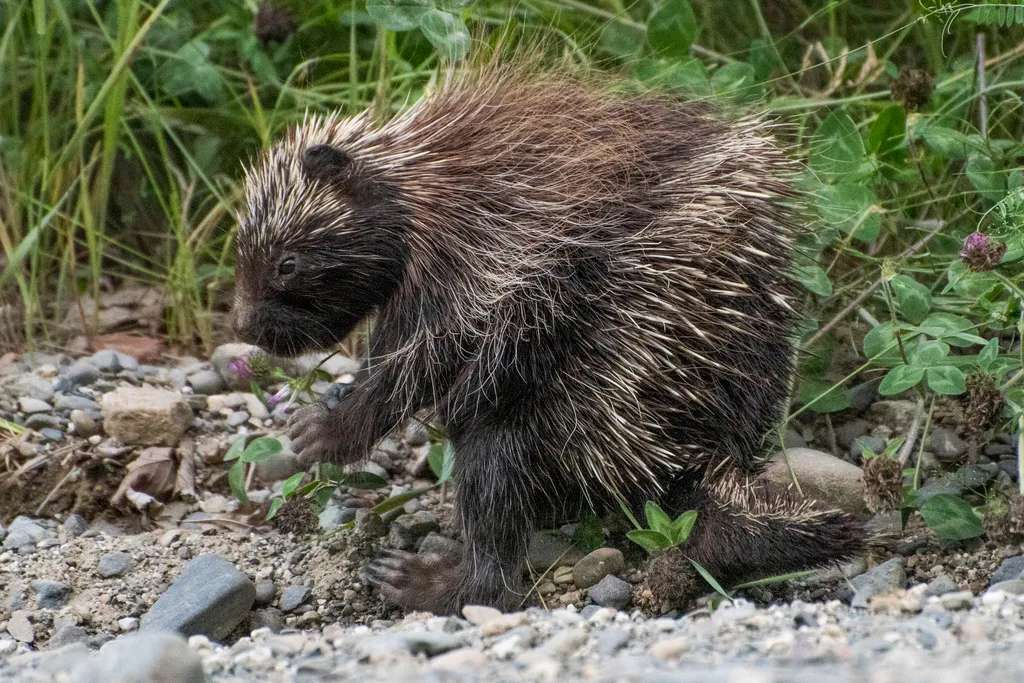
The social behavior of porcupines is an intriguing topic that sheds light on the intricate dynamics within their species. Despite their perception as solitary animals, porcupines do display certain social behaviors that are worth exploring. In this essay, we will delve into the social behavior of porcupines, including their mating habits, communication methods, group interactions, and hierarchical structures.
Porcupines are herbivorous rodents known for their sharp quills that serve as a defense mechanism against predators. While they are often associated with solitary behavior, porcupines do engage in social interactions, particularly during the mating season. Their mating habits are noteworthy as they involve elaborate courtship rituals and vocalizations.
During the mating season, male porcupines compete for the attention of females. To attract a mate, males engage in ritualized behaviors such as spraying urine and creating scent trails using secretions from their skin glands. These scents serve as signals of their reproductive status and may help females identify potential mates. Additionally, male porcupines emit a variety of vocalizations, including grunts, whines, and cries, to communicate their presence and intentions to females.
Once a female has selected a mate, the pair engages in a complex courtship dance. This dance involves the male circling the female while vocalizing, displaying his quills, and performing a series of distinctive movements. These actions help to establish a bond between the mating pair and ensure successful reproduction.

While porcupines are not known for forming strong social bonds, they do exhibit some level of social organization. Porcupines are generally solitary animals, but they may congregate in small groups or family units for various reasons, such as foraging or thermal regulation. In some cases, mother porcupines may raise their young together, providing a level of social interaction and support.
Communication plays a crucial role in porcupine social behavior. While they primarily rely on chemical signals, such as scent marking, to communicate with other individuals, porcupines also utilize vocalizations and body language. These forms of communication help porcupines establish territory boundaries, warn others of potential threats, and maintain social cohesion within their groups.
Porcupines communicate through a range of vocalizations, including grunts, squeaks, whines, and screams. Each vocalization conveys a specific message, such as mating intentions, distress, or aggression. In addition to vocalizations, porcupines also use body language, such as raising and rattling their quills, to communicate with conspecifics and potential predators. These visual signals serve as warning signs, indicating that the porcupine is ready to defend itself if necessary.
Social interactions within porcupine groups are interesting to observe. While they may not engage in extensive social behaviors, porcupines do exhibit certain hierarchical structures. Dominance hierarchies can be observed within groups, particularly among males competing for access to females during the mating season. These hierarchies are established through aggressive encounters, with dominant individuals gaining priority in mating opportunities and resource access.
While porcupines generally display solitary behavior, they do have preferred home ranges that they mark and defend against intruders. These home ranges often overlap with those of other porcupines, leading to occasional interactions and territorial disputes. These encounters typically involve vocalizations, scent marking, and aggressive displays, but physical fights are relatively rare.

In conclusion, the social behavior of porcupines extends beyond their solitary reputation. While they may primarily be solitary creatures, porcupines engage in complex mating rituals, communicate through various vocalizations and body language, and display occasional social interactions within groups or family units. Understanding the social behavior of porcupines provides valuable insights into their reproductive strategies, communication methods, and social dynamics within their species.